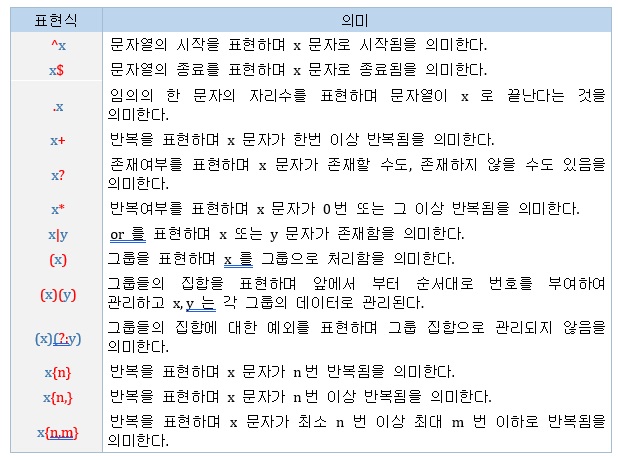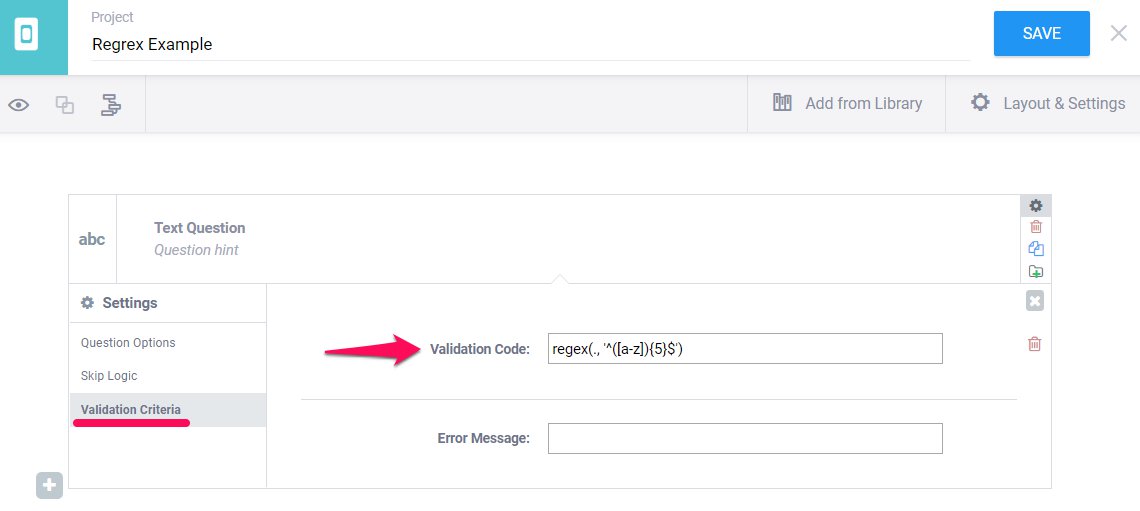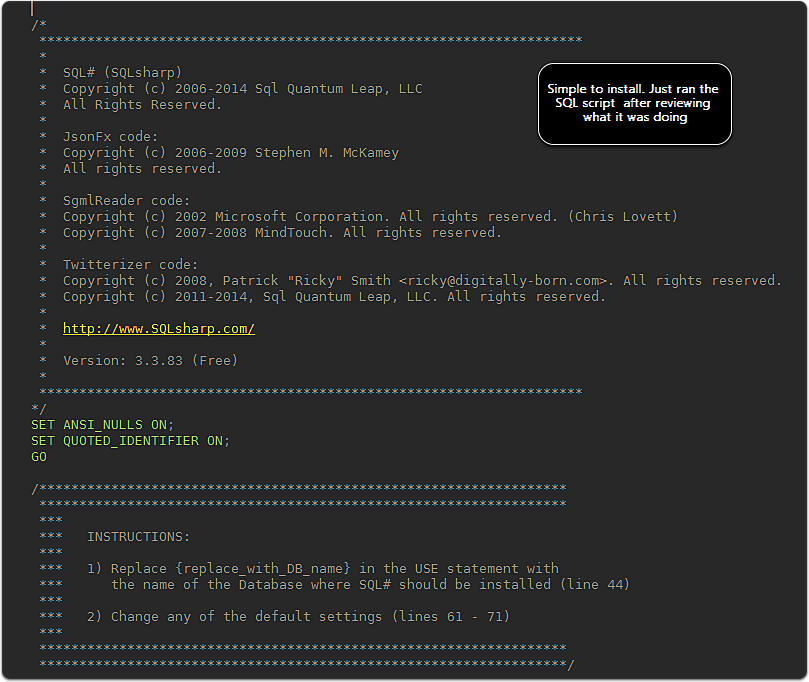

- #Sqlite regex less than 10 install
- #Sqlite regex less than 10 full
- #Sqlite regex less than 10 code
- #Sqlite regex less than 10 windows
PEP written by Zac Hatfield-Dodds.) Windows py.exe launcher improvements ¶ (Contributed by Irit Katriel in bpo-45607. The added notes appear in the default traceback. That is not available at the time when the exception is raised. It can be used to enrich exceptions with context information The add_note() method is added to BaseException. Irit Katriel, Yury Selivanov and Guido van Rossum.) PEP 678: Exceptions can be enriched with notes ¶ (Contributed by Irit Katriel in bpo-45292. Make it possible to group exceptions and raise them together,Įxcept to match subgroups of exception groups. The builtin types ExceptionGroup and BaseExceptionGroup To raise and handle multiple unrelated exceptions simultaneously. PEP 654 introduces language features that enable a program Or the PYTHONNODEBUGRANGES environment variable. Use the -X no_debug_ranges command line option Which may result in a small increase in interpreter memory usageĪnd disk usage for compiled Python files.Īnd deactivate printing the extra traceback information,
#Sqlite regex less than 10 code
This feature requires storing column positions in Code Objects, That caused the error, instead of just the line. When printing tracebacks, the interpreter will now point to the exact expression New Features ¶ PEP 657: Fine-grained error locations in tracebacks ¶ Macros converted to static inline functions Py_UNICODE encoder APIs have been removed Many legacy standard library modules have been deprecated and will be removed in Python 3.13 Important deprecations, removals and restrictions: PEP 655: Marking individual TypedDict items as required or not-required Variable to disable automatically prepending potentially unsafe paths to sys.path New -P command line option and PYTHONSAFEPATH environment PEP 657: Fine-grained error locations in tracebacks Support for parsing TOML in the Standard Library

PEP 678: Exceptions can be enriched with notes

On average, we measured a 1.25x speedup on the standard benchmark suite. Python 3.11 is between 10-60% faster than Python 3.10.
#Sqlite regex less than 10 full
This article explains the new features in Python 3.11, compared to 3.10.įor full details, see the changelog. I don’t see any speedups in my workload.How should I write my code to utilize these speedups?.PEP 659: Specializing Adaptive Interpreter.PEP 655: Marking individual TypedDict items as required or not-required.PEP 678: Exceptions can be enriched with notes.PEP 657: Fine-grained error locations in tracebacks.You can always change the function by altering its contents or overwriting it and creating a new function. It is important to note that the function’s name needs to be 'regexp' This will help the regex function identify the function to be used. Now that you know that you must first create a function to use regex in SQLite let’s make a simple function. This way, the line will run automatically every time you open SQLite. It is important to note that you must load the file each time to use it properly.Ī way around it is to add the line into your ~/.sqliterc. Now, you can easily use the regex clause in SQLite. To use it, you need to load it by using this. You will find it in /usr/lib/sqlite3/pcre.so. Now, Perl regular expressions have been installed in a loadable file. Write the following code in your terminal. Here is a step-by-step tutorial on how you can do so.

#Sqlite regex less than 10 install
So, there is a high chance that you might have to install it. It is available in some SQLite distributions or GUI tools but not in all cases. In most cases, regex in SQLite comes with the package. Therefore, to use it effectively, you need to create your function in the application and then provide the callback link to the SQLite driver. This is because there is no function that it is linked to by default. If this is not done beforehand, using the regex clause will result in an error message. However, it is important to note that the function needs to be defined and loaded before regex is used. The function can perform any activity that the user requires. Its main purpose is to call a user-defined function which is then loaded into the database and performs some additional tasks that may have been added after the regex clause. Regex is the clause used when a user wants to refer to a regular expression. An extension to this is the regex operator, frequently used to provide a better user experience by shortening queries and allowing users to process data faster. Using functions makes SQLite much easier, and data processing tends to be much quicker.


 0 kommentar(er)
0 kommentar(er)
